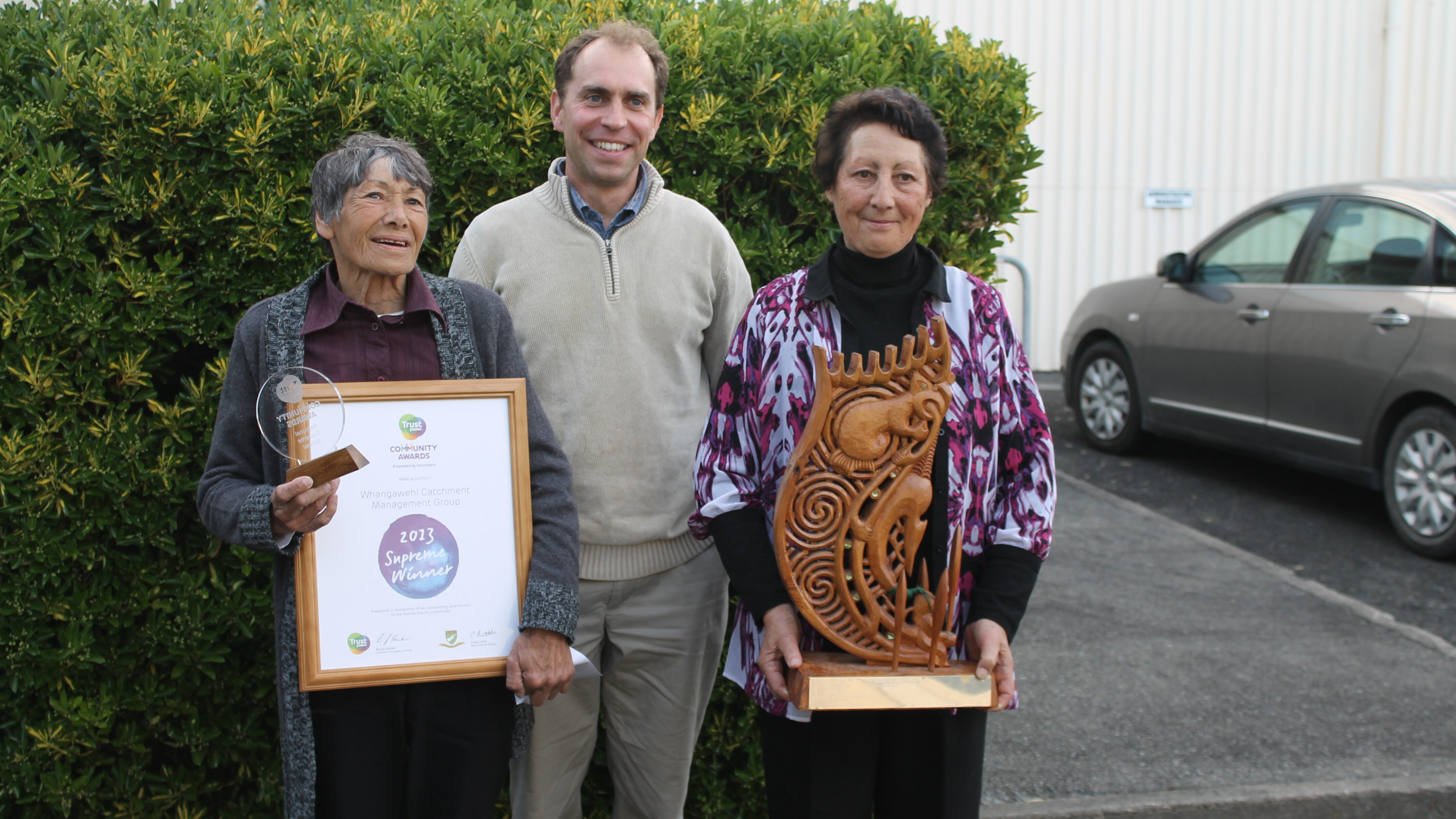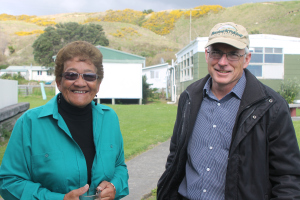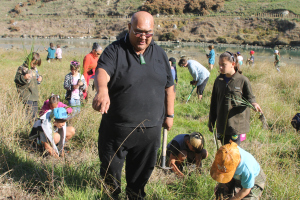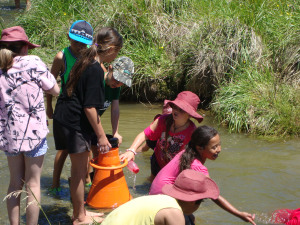Good things – even great things – can come from inauspicious-seeming beginnings. In 2010 a proposed new wastewater system got people worried in the small, remote East Coast settlement of Mahia, located on the Mahia Peninsula, between Napier and Gisborne.

The effect of other land usage on water quality was also causing concern. The Whangawehi stream, estuary and mahinga kai beds – the marine ecosystems outside the river mouth – were all traditional sources of food for local Maori. The river was sacred to their community.

The issue became a catalyst for the community – and the power behind that catalyst was local Kaumatua, Kathleen Mato who brought her community together and inspired them to speak up and get involved in the future of their river, its surrounding environment and water resources. Fast forward six years and the environmental award-winning Whangawehi Catchment Management Group is actively involved in pest control, riparian planting and fencing, monitoring water quality, fish and birdlife and working with the local farming community to reduce erosion and retire land bordering the river catchment.
The group is made-up of representatives from several local Marae, landowners, school groups and agencies, including the Hawkes Bay Regional Council, which has been supportive from its beginning. But what makes this group unusual is that Maori elders approached the Regional Council to help them initiate the project – not the other way around. DOC staff also act as advisors and the group has had good support from the Wai Maori Trust.

Nicolas Caviale-Delzescaux is employed as project manager for the Whangawehi Catchment Management Group and their achievements in such a short time are impressive: 70,000 native trees planted, with another 60,000 planned to go in the ground this winter, 7.5km of stream and 5ha of bush now fenced off (Nic’s hoping for another 10ha next year), 40 ha of riparian margin land retired from farming, 2,500 goats removed since 2014 and 125 traps in place currently – set to increase to 300 traps this winter.
The trapping network is entirely managed by local farmers with a Pest Control Officer recently appointed to support and back-up farmers during the busy season. Trap.org.nz is used as their reporting system, with each farmer able to log in and report their catch. Rodents, mustelids, hedgehogs and feral cats are all targeted with the tally for 2016 to date being 68 hedgehogs, 2 possums, 23 rats, 3 weasels, 3 stoats and 6 cats.

Assisted by Hawkes Bay Regional Council the Whangawehi Group is also taking part in a pilot study of the Celium remote monitoring system, using 25 remote-monitored traps which transmit data to a central hub whenever a predator is caught, meaning less man-hours spent checking traps. When a trap is triggered, the farmer receives notification through the mobile phone network. Coupled with newly developed, long-lasting lures, the system could transform trapping, says Nic, particularly in remote and steep terrain like the Mahia hillcountry.
Birdlife is rebounding according to Nic. Kingfishers have increase from 1 to 7 breeding pairs and paradise ducks have bred for the first time. There has been a measured decrease in faecal coliform levels showing the water quality is measurably better too. A healthy population of endangered longfin eels living in the waterways shows no sign of decline.
The community benefits aren’t just environmental, however. As well as habitat restoration and pest control, the group is actively involved in both environmental education and sharing traditional cultural knowledge. Kaumatua are getting a real buzz out of visiting schools and holding workshops to share their knowledge with local children.

